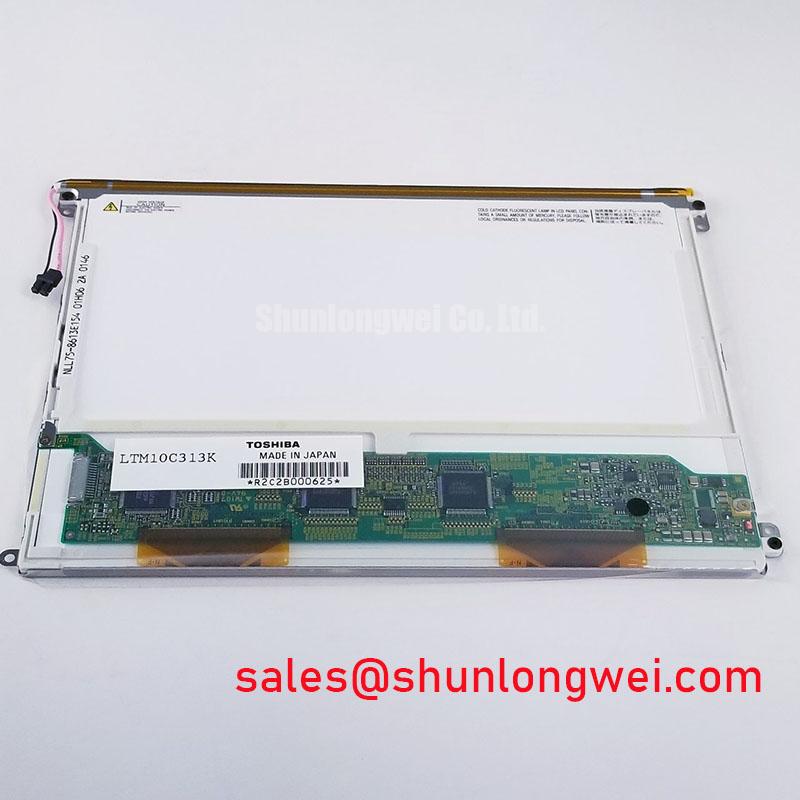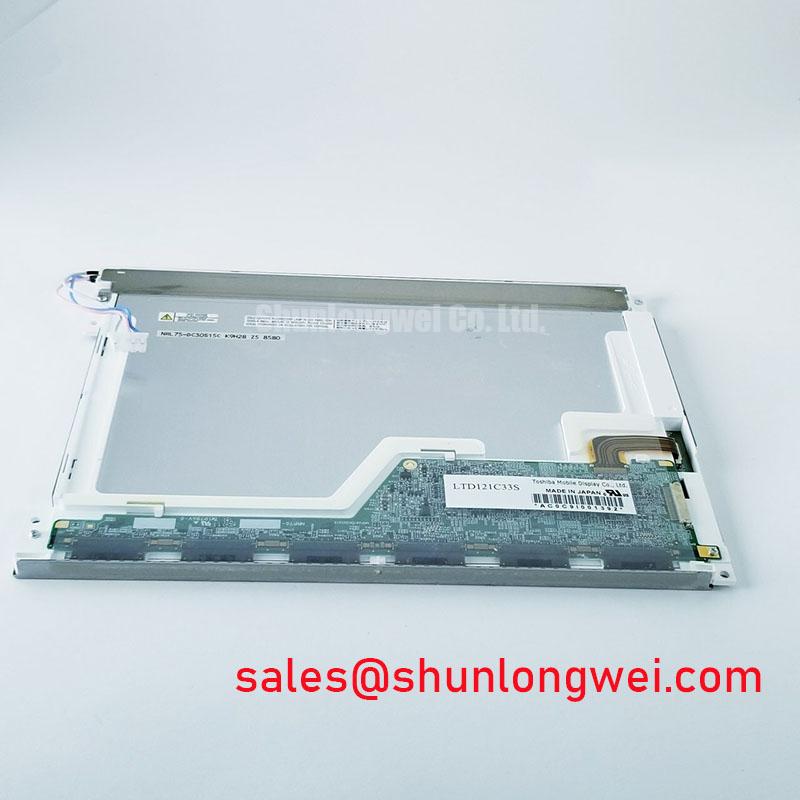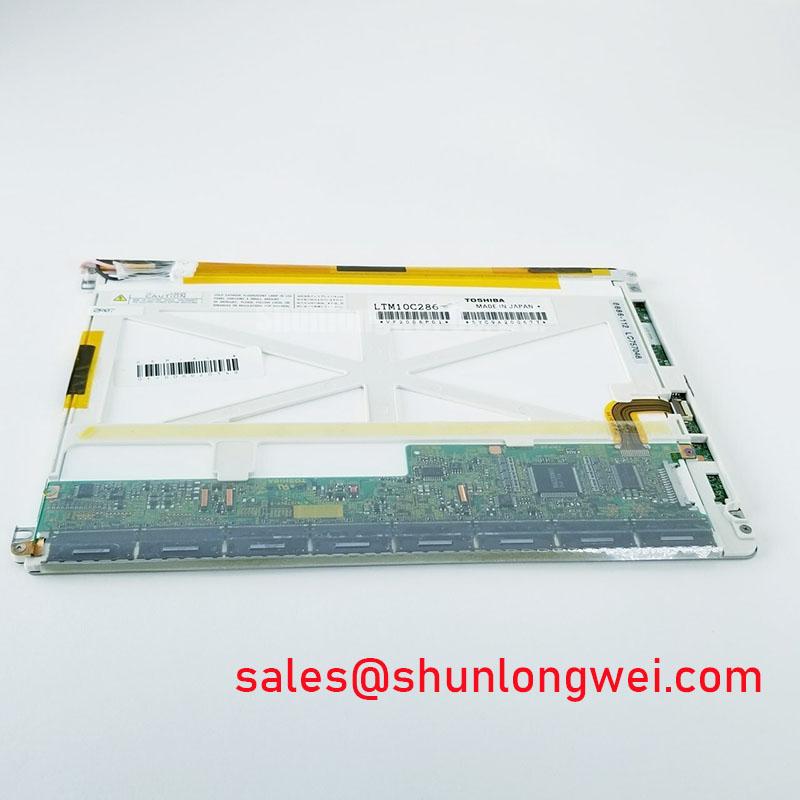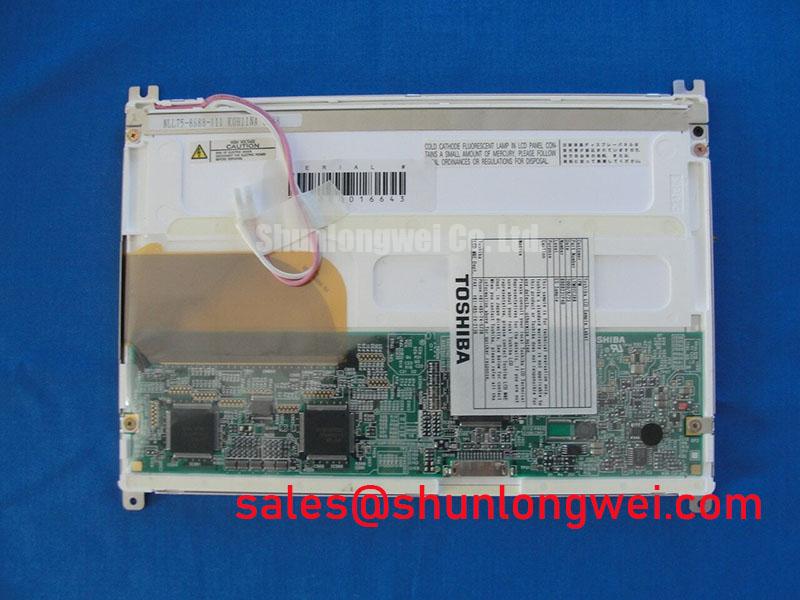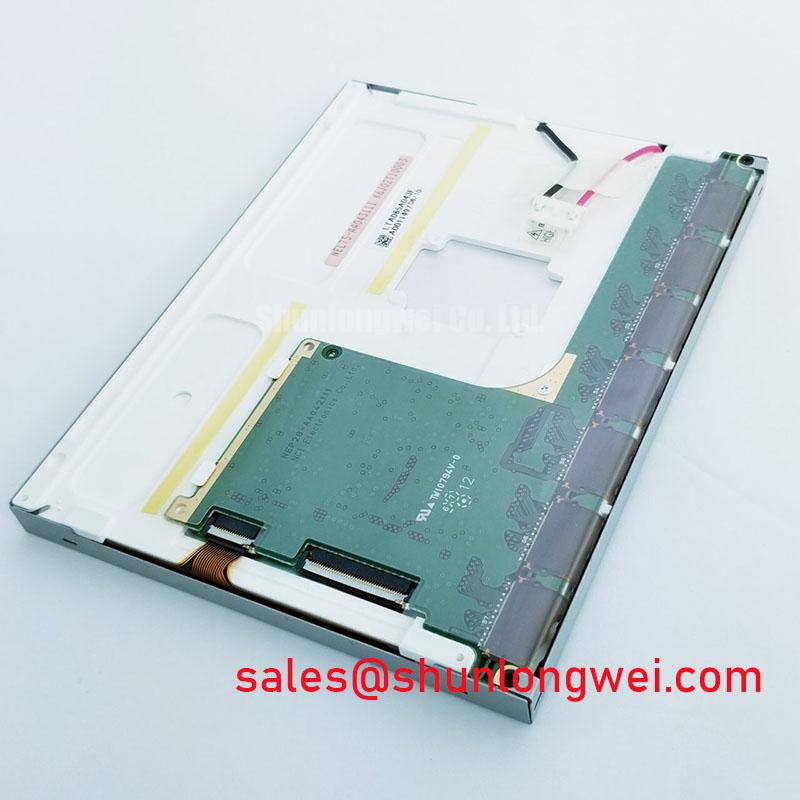Content last revised on November 19, 2025
LTM10C313K | 10.4" XGA TFT-LCD for Industrial HMI Applications
Engineered for Visual Performance and Environmental Resilience
The Toshiba LTM10C313K is a 10.4-inch XGA TFT-LCD module engineered for high-reliability human-machine interface (HMI) and industrial control applications. Its core value lies in delivering consistent visual clarity and operational stability across demanding environmental conditions. With key specifications of 1024x768 Resolution | 400 cd/m² Brightness | -20°C to +70°C Operating Temperature, this display provides critical advantages in system longevity and data readability. It directly addresses the engineering need for a robust display solution that can be deployed in environments where consumer-grade panels would fail. For industrial systems requiring unwavering performance from freezing warehouses to sun-exposed factory floors, the LTM10C313K's wide thermal range makes it a technically sound choice.
Application Scenarios & Value
Delivering Uncompromised Readability in Demanding Industrial Environments
The LTM10C313K is optimized for applications where data integrity and operator safety depend on immediate and unambiguous screen readability. Its performance characteristics make it a strong candidate for integration into a variety of industrial systems.
- Industrial HMI Panels: On a factory floor, ambient lighting can shift dramatically, and temperatures can fluctuate. An operator monitoring a TFT-LCD screen connected to a PLC needs to clearly distinguish between status indicators and alarm messages. The LTM10C313K's 400-nit brightness and 500:1 contrast ratio ensure that on-screen graphics and text remain sharp and legible, reducing the risk of misinterpretation and improving response times.
- Process Control Systems: In chemical processing or energy management, control room displays must operate 24/7 without degradation. The wide operating temperature range of -20 to 70°C ensures the LTM10C313K functions reliably without requiring specialized heating or cooling within the system enclosure, simplifying thermal design and lowering the total cost of ownership.
- Test and Measurement Equipment: Portable or benchtop diagnostic tools used in field service or on production lines benefit from a display that is both mechanically robust and visually consistent from different viewing angles. This module provides the durability needed for frequent handling and the optical performance required for precise data analysis by technicians.
What is the primary benefit of its wide temperature range? It enables reliable system operation in non-climate-controlled settings, directly reducing system complexity and potential points of failure.
Key Parameter Overview
Translating Specifications into System-Level Advantages
The technical specifications of the LTM10C313K are foundational to its performance in real-world industrial applications. The following table highlights key parameters and their direct engineering value.
| Parameter | Value | Engineering Significance & Value |
|---|---|---|
| Screen Size | 10.4 inch | Provides a sufficient viewing area for complex GUI applications without demanding excessive panel space, ideal for standard industrial enclosures. |
| Resolution | 1024 x 768 (XGA) | A widely supported industrial standard that ensures compatibility with a vast range of single-board computers and display controllers, simplifying driver development and integration. |
| Brightness | 400 cd/m² | Ensures clear visibility in typical indoor industrial lighting conditions, crucial for reducing operator eye strain and error. |
| Contrast Ratio | 500:1 | Delivers sharp differentiation between colors and shades, allowing operators to easily interpret detailed process diagrams, charts, and alarm states. Think of it as the clarity between a light gray "standby" icon and a white "active" icon—a high contrast ratio makes this distinction instant and obvious. |
| Operating Temperature | -20°C to +70°C | This is the display's core strength. Like a vehicle's dashboard that must function in a frozen parking lot or a sweltering traffic jam, this wide range guarantees operational stability in unconditioned factory, warehouse, or sheltered outdoor environments. |
| Interface | 20-pin LVDS (1 ch, 6-bit) | A standard, low-noise interface that simplifies electrical connection and provides robust data transmission between the controller and the panel. |
| Backlight System | 2 pcs CCFL with Inverter | Features a dual-lamp system, and the cold-cathode fluorescent lamps are typically field-replaceable, which can significantly extend the service life of the end equipment. |
Download the LTM10C313K datasheet for detailed specifications and performance curves.
Frequently Asked Questions (FAQ)
How does the -20°C to +70°C operating temperature range impact system design and reliability?This wide thermal tolerance allows the display to be integrated into systems deployed in non-climate-controlled environments, such as unheated warehouses, foundries, or outdoor-housed control panels. It eliminates the need for auxiliary heating or cooling components dedicated to the display, which simplifies the overall system design, reduces power consumption, and removes a potential point of failure, thereby increasing overall system reliability.
What is the significance of a 500:1 contrast ratio for an industrial operator?A 500:1 contrast ratio ensures a clear distinction between the darkest black and the brightest white a screen can produce. For an industrial operator, this translates into sharp text, well-defined lines on graphs, and distinct colors for status indicators (e.g., red alarms against a dark background). This level of clarity is critical for reducing cognitive load and preventing errors when reading complex data visualizations quickly.
Is the CCFL backlight system a disadvantage compared to modern LED backlights?While LED backlights are now more common, a key engineering consideration for CCFLs, particularly in legacy system maintenance, is their field-serviceability. The CCFL lamps in the LTM10C313K can often be replaced, extending the useful life of the entire HMI unit. This makes it a strategic choice for applications requiring long-term product availability and repairability over the latest technology.
Application Vignette
Enhancing Uptime in a Semi-Outdoor Logistics Terminal
Consider a logistics hub's sorting terminal, which is covered but largely exposed to ambient temperature swings. A fixed-mount HMI is used by operators to direct package flow and troubleshoot conveyor jams. During a cold winter morning, temperatures can drop below freezing; in the summer afternoon, heat can build up under the metal roof. A consumer-grade display would suffer from slow response times in the cold and could overheat in the summer, leading to system downtime. The LTM10C313K is engineered for this exact scenario. Its ability to operate flawlessly at -20°C ensures immediate startup and crisp visuals for the morning shift. As the day heats up, its +70°C tolerance provides ample thermal margin. Furthermore, the 400 cd/m² brightness ensures the screen is readable even when low-angle sunlight hits the terminal. This level of brightness is like turning up your phone's screen to maximum to read it outdoors; it cuts through ambient light to make the interface usable. By selecting the LTM10C313K, the system integrator delivers a terminal with higher uptime and greater operational efficiency, directly attributable to the display's environmental resilience.
Strategic Outlook
A Commitment to Long-Term Industrial Deployments
The design philosophy of the LTM10C313K prioritizes long-term operational stability over cutting-edge features. For system architects designing equipment with life cycles of a decade or more, this focus on durability, wide temperature performance, and component serviceability offers a distinct advantage. It represents a commitment to providing a reliable visual interface that endures the rigors of the industrial environment, ensuring that critical data remains accessible to operators year after year. For those evaluating options, it's a clear case of why industrial vs. consumer displays is a critical decision based on total cost of ownership, not just initial price.



